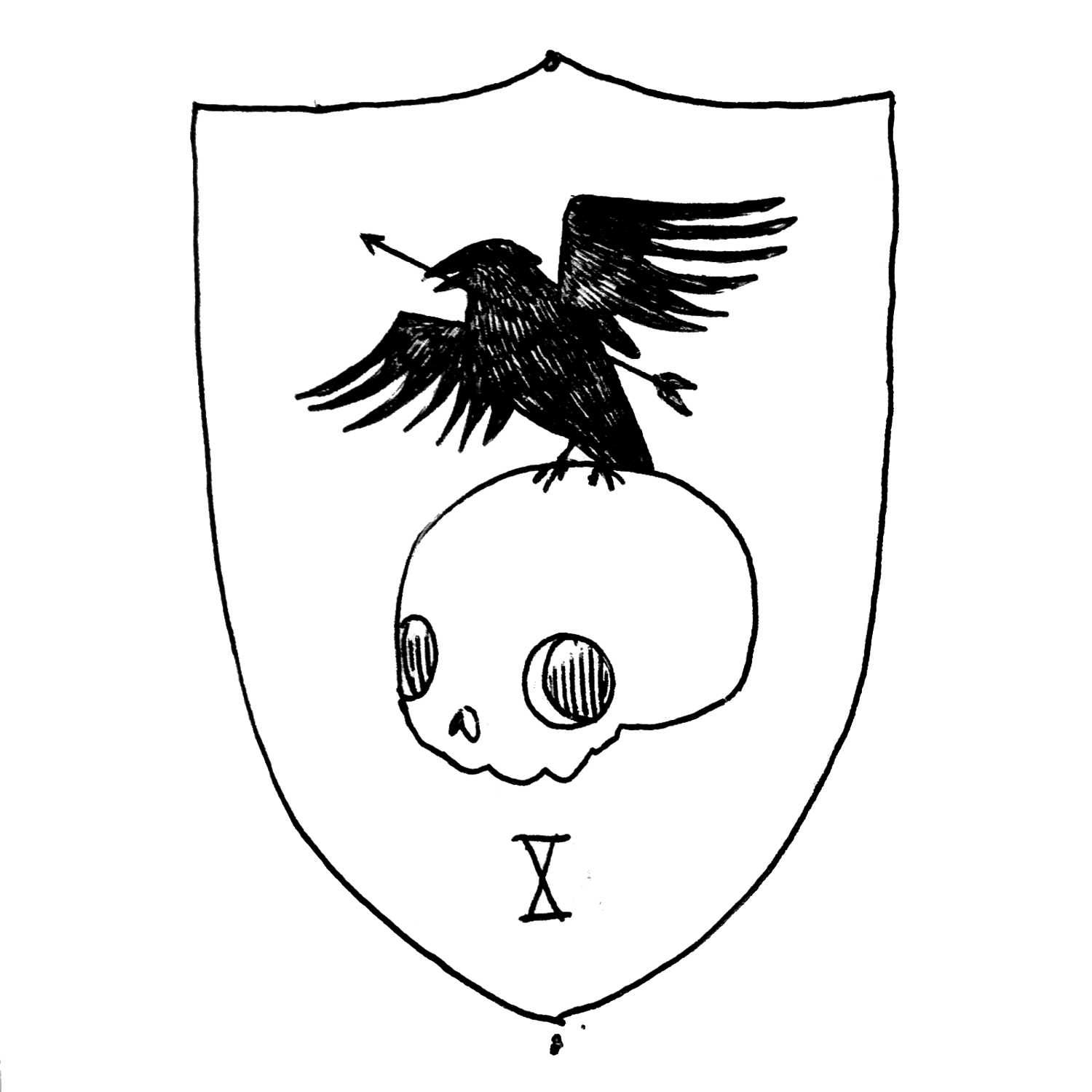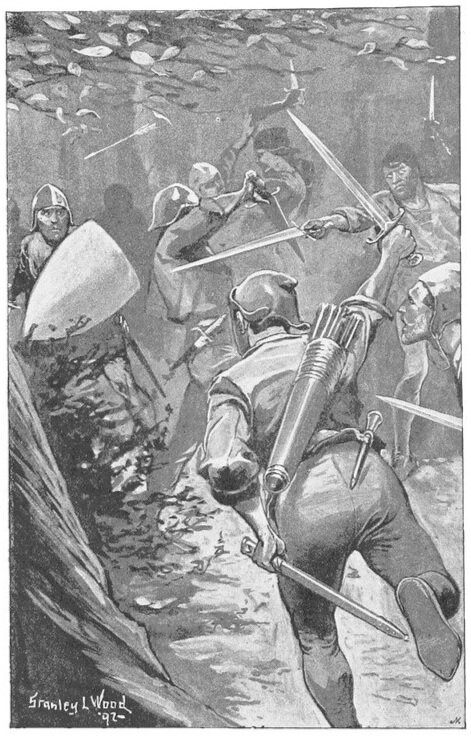Design Notes II: GLOGing the 5e Fighter
Note: This article assumes you have a passing familiarity with the GLOG Fighter Class by Skerples.
The Fighter is the yardstick of civilization. Here is the problem: classes in the GLOG have 4 levels (or templates in GLOG parlance) and, so we have to compress everything we want we a fighter to do into those 4 templates…. but before we do that we have to ask “what does a fighter do?”
Fighters are about gear and using it better
Classically, (and this is AD&D, I think) the fighter, could use every weapon and armor available, and their attack and damage bonus was higher than other classes. Other OSR games (like Dungeon World or Freebooters on the Frontier) give fighters a signature weapon to reflect their mastery.
In later editions, some of the fighter’s “specialties” regarding gear got muddled. In 5e, for example, War or Storm clerics could use all armor and weapons, just like the fighter. Plus, due to the proficiency bonus, all classes now have the same attack bonuses, and stat bonuses are added to damage regardless if the attacker uses Sword or a bow.
Sometimes fighters get multiple attacks, although this is a shared ability.
In 5e, the fighter has one big advantage over his counterparts, he can attack multiple times per round. Although even this advantage is subsumed by other classes (Paladins and Rangers can attack twice at level 5 with the fighter and our plucky warlock get additional eldritch blasts as they level up), fighters get their action surge which acts as a multiplicative effect for their extra attacks. This ensures that although there are contenders, no one can keep up with the stock Fighter.
Fighters are durable
In earlier games, fighters were the “most survivable” with their high hit points and heavy armor. In 5e, fighters also get some “I am hard to kill” abilities along with their substantial (although no longer superlative) hit points. They can heal through second wind, and reroll failed saves through indomitable.
In short, Fighters are about 3 things.
Weapons, armor, and being better than you with them
Not dying as fast (hp, heavy armor, and other special abilities)
Attacking more than once per turn
Putting it into 4 templates:
The Skerples version of the GLOG does a pretty good job of representing this. With the first template, Fighters get an extra attack and a “Perry” ability that reduces incoming damage. Then at level 2, there is a “notches” ability that allows a fighter to add damage and flourishes to weapon attacks once they stack up a few kills. Not bad at all.
For me, I swapped out the levels on the Notches and extra attack. The notches ability kind of mirrors the fighting style that 5e fighters get at 1st level and feels like a 1st level ability (we start counting kills at the second template? I don’t think so). I swapped out the +1 damage for adding the proficiency bonus to damage to keep all the mechanics on the same page. We assume our beginning fighter has 10 kills with their signature weapon. More on that in a bit. I renamed the ability too, just cause.
Favored Weapon
Each time you attain a total of 10, 20, 30, and 50 kills with a weapon type (such as 10 kills with a dagger), you unlock a new ability for that weapon, chosen from the list below. Keep track of your kills and special abilities on the back of your character sheet.
Add proficiency bonus to damage (once per weapon)
Expanded critical range (+1)
Special ability (negotiated with GM, one per weapon).
Examples: the ability to draw the weapon from any slot, knock a target prone on a critical, wield a two-handed weapon in one hand, gain a bonus to use the weapon as a tool, etc.
For example, a Fighter with 50 fail kills could add their proficiency bonus to damage, a critical range of (18-20), and the ability to stun an opponent for one round on a critical hit. The GM decides what counts as a kill.
When you first get this ability, you are assumed to have 10 kills with your signature weapon. Describe why it is your favorite weapon.
For Template C I diverged further from the Skerples cannon. The combat maneuver stuff seems far out there and undefined. So I replaced it with some 5e traits. Indomitable where you can reroll a save, and “hard to kill” which allows a fighter to drop to 1 hp instead of 0, once per day (this is a copy of a Half-orc ability in 5e), but whatever.
For the original Template D, there is a cleave ability to crush low-level monsters along with an “impress” ability that deals with rerolling reaction rolls when you kill something big. Both are fine, but for me were too mechanically complicated. I replaced them with an additional “Extra attack”. With my Template D, the fighter is attacking 3 times around, regardless of the target.
Not too many changes, but this fighter feels more like a tighter design closer to a 5e fighter.
Other considerations
This leans into the “strength-based” fighter approach. If you want to play a dexterity-based fighter, you’ll have to wait until I create a Ranger/Hunter or play a thief. I gave the fighter standard strength-based starting gear: javelins, crossbow, chainmail, shield. For their main weapon, I created a random table. I like the idea of different fighters having different weapons, as people don’t always get to pick the weapon you trained with.
This feeds into the Favored weapon ability. Your starting randomly rolled weapon is the one that starts with 10 kills.
You can find the finished(ish) product here.



